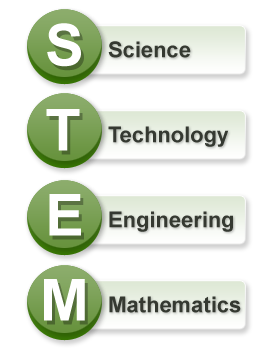Using Art and Design to Learn Math and Science
Thursday, June 9th, 2011 There is a lot of attention on Science, Technology, Engineering and Mathematics or STEM education in the US these days. Declining US student enrollment and performance in STEM disciplines spells a decline in the nation’s technology-oriented innovation capability.
There is a lot of attention on Science, Technology, Engineering and Mathematics or STEM education in the US these days. Declining US student enrollment and performance in STEM disciplines spells a decline in the nation’s technology-oriented innovation capability.
Reversing these trends requires a heavy dose of cognitive engineering and design.
We need to modernize the infrastructure, pedagogy and practices used to teach and learn STEM. So I am also on the look out for new models based on insights into the cognition of learning STEM.
For example, Seed Magazine has a recent article highlighting Globaloria’s STEM Games competition. The idea is that students learn STEM by developing their own video games. This is an example of a broader trend of infusing art and design into STEM education to make it more exciting and naturally enhance innovation skills. Here is a snapshot:
“Participants have research various STEM topics, blog about what they’ve learned, work in teams, produce video presentations, draw paper prototypes, design sample screens and graphics for game demos, and program webgames that teach others about science issues or mathematics concepts. This year, 411 students signed up for the competition, and the games they created illustrate the power of CS-STEAM learning. These students never programmed before. But this method of combining art and design with science and computer science generated impressive results.”
Learning by constructing a video game and competing in a contest, that is outstanding cognitive design. Note too that the learning goes far beyond domain knowledge in a technical field to include teamwork (virtual and on site), writing, drawing, project management and social media skills. All good stuff for success in the 21st century.